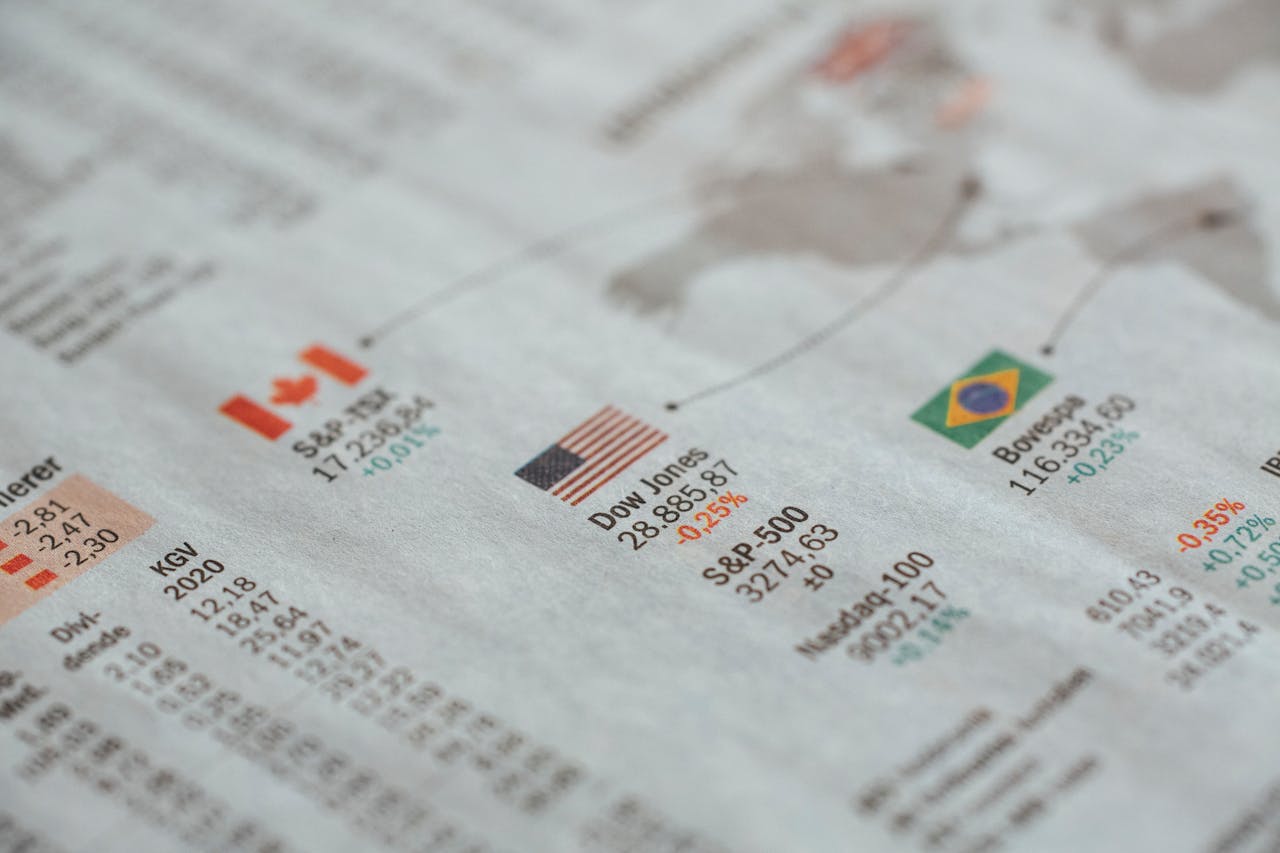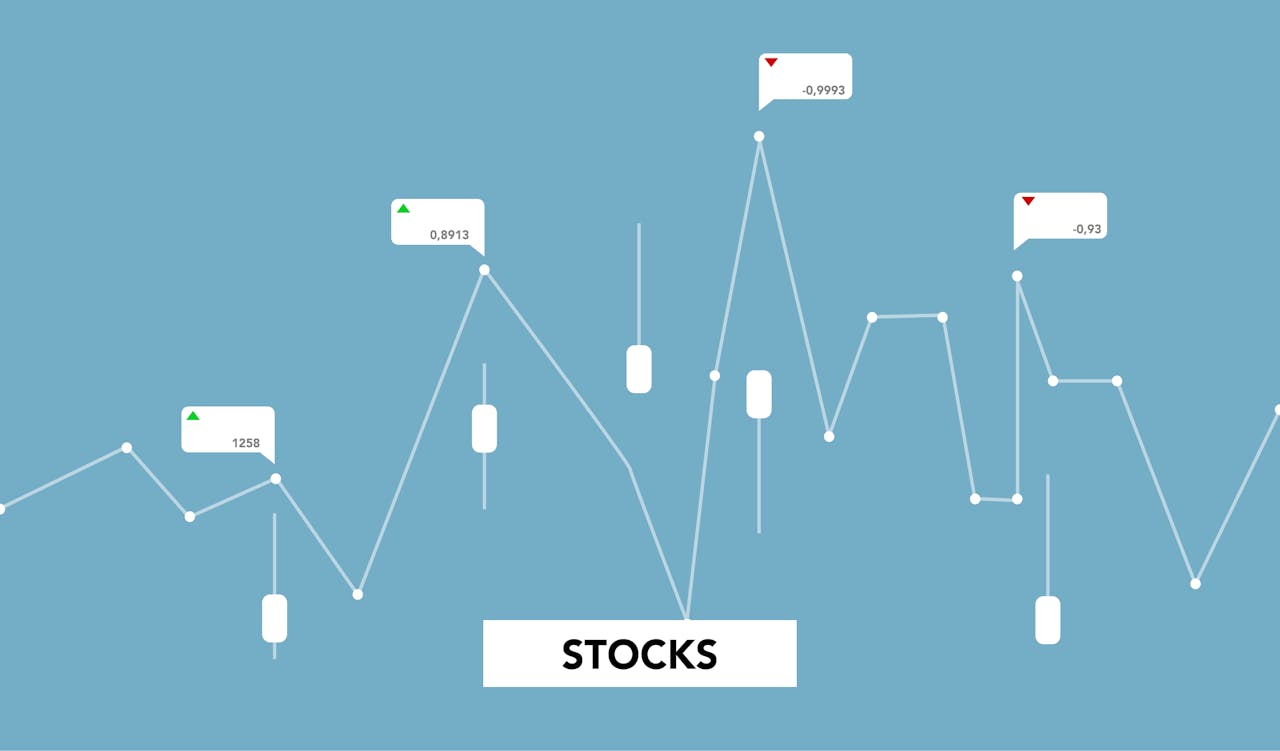The Dow Jones Industrial Average (DJIA) is a well-known and essential stock market index that reflects the performance of major companies in the U.S. economy. Serving as a key economic indicator, it provides a snapshot of the market’s health. This essay explores the origins of the DJIA, its evolution over time, and the historical significance it holds.
The Birth of the Dow Jones Industrial Average
The DJIA was created in 1896 by Charles Dow, co-founder of The Wall Street Journal. At that time, the U.S. economy was rapidly industrializing, and Dow saw the need for a way to track the performance of key industries. He and his colleague Edward Jones selected 12 influential companies, mainly from industrial sectors, to form the initial index.
The original idea was simple: provide a clear view of how major industries were performing. Dow’s 12 stocks represented railroads, sugar, tobacco, and other essential sectors. This was the beginning of the DJIA, which would grow in significance over time.
The Evolution of the Index
Initially, the DJIA was limited to a small group of companies, mainly those that represented industries integral to the economy. However, as the U.S. economy expanded, the index needed to adapt. By the 1920s, companies like Ford and U.S. Steel became central to the economy, so the index was adjusted to include these industries.
In 1928, the DJIA expanded from 12 to 30 companies. This adjustment aimed to give a more comprehensive view of the U.S. industrial landscape. As the 20th century progressed, the economy diversified further, and industries like automobiles, technology, and finance became more influential. Over the years, the companies listed in the DJIA have evolved to reflect these changes, and today the index includes major players in sectors like technology and healthcare.
The Formula Behind the Dow
Unlike many other indices, the DJIA is calculated using a price-weighted method. This means that the value of the index is determined by the prices of the 30 stocks, not their market capitalizations. The sum of these prices is divided by a divisor, which is adjusted to account for stock splits and other changes in the market.
This price-weighted system gives more influence to higher-priced stocks, which can affect the overall movement of the index. While this method is simple, it has received criticism for not fully reflecting the market’s composition. Despite this, the DJIA’s price-weighted nature has remained consistent since its creation.
The Role of the Dow in Shaping Economic Perception
The DJIA has become more than just a stock market index; it has become a symbol of the U.S. economy. The media frequently refers to the Dow as a shorthand for the market, making it a widely recognized economic indicator. The index’s daily movements are closely followed, with gains often interpreted as signs of economic growth and losses as signs of a downturn.
One reason for the Dow’s prominence is its simplicity. As a single number, it is easy for the public to grasp. The media often reports on it in relation to the broader health of the economy. However, it is important to note that the Dow represents only 30 companies. This makes it a less comprehensive measure than broader indices like the S&P 500, which tracks 500 companies.
The Dow’s Historical Significance
The DJIA holds significant historical importance. Throughout its existence, it has mirrored the successes and challenges of the U.S. economy. For example, during the Great Depression of the 1930s, the Dow lost nearly 90% of its value. This drastic decline was a reflection of the economic turmoil the country was facing. However, as the U.S. economy recovered, the Dow followed suit, demonstrating the resilience of the market.
During the post-World War II period, the U.S. economy experienced rapid growth. The DJIA rose alongside this economic boom, reflecting the strength of American industry. The 1980s and 1990s brought technological advancements and global economic integration, further contributing to the growth of the index.
In the 21st century, the Dow has continued to face challenges. The 2008 financial crisis, followed by the global pandemic, caused significant volatility. Despite these setbacks, the index has consistently rebounded, showing the ability of the U.S. economy to recover from crises.
The Dow Today: A Vital Economic Indicator
Today, the DJIA remains one of the most-watched economic indicators. Although newer indices, such as the S&P 500, provide a broader view of the market, the Dow’s historical significance and simplicity continue to make it a key reference point. Investors, economists, and policymakers alike closely monitor the DJIA as an indicator of market trends.
The Dow also influences decision-making in financial markets. For instance, large declines in the index can signal a loss of investor confidence, which might prompt changes in economic policy. The performance of the Dow can affect everything from stock market behavior to government monetary and fiscal strategies.
Conclusion
The Dow Jones Industrial Average has a rich history, from its modest beginnings in 1896 to its current status as a leading economic indicator. It has evolved over time to reflect the changing landscape of the U.S. economy. Despite its limitations, such as its price-weighted formula and relatively small selection of companies, the DJIA continues to be an important tool for tracking the health of the economy. The index’s historical significance lies in its ability to mirror both the successes and challenges faced by the U.S. economy, making it a critical component of economic analysis today.
Check out our Facebook or X accounts.
For more topics check here.



